Cholesterol – The next of 3 highs that my cousin Dr Wu and I will be discussing. She had set the scene for us at the end of her article Cholesterol – the good and the bad – What can we do? “Now that I have confused everyone with all the alphabet soup, let me confuse you more with what we can eat! We used to say eating fatty foods is bad, to avoid oil, red meat, eggs, shellfish and so on. Although we haven’t really completely turned a 180, it is now OK to eat eggs, shellfish and butter! This part is where my cousin, Charmain dietitian can help and clarify.” So here we go.
Yes, as Wu said the recommendation for treatment and the diet has changed so much from ten years ago! Remember how much we were worried about egg yolks back then?! It took ages to convince people eggs are ok. By the way, I had addressed “egg” in my previous post I have high cholesterol, can I have muffins?
At the recent Nutrition Live Online June 2021, Choi and Jacobs reported that a “nutritionally rich” plant-based diet was associated with a reduced risk of cardiovascular disease among adults, but a diet of mostly low fat foods was not! So shall we put these no fat, low fat issues to the last and let’s focus our attention on a plant-based diet first? And let’s see how your current plate compares to the plate below?
Your Plate matters!
Canada Food Guide has illustrated very well on how we should balance our plate. How does this compare to yours? In the right proportion? Include lots of varieties?
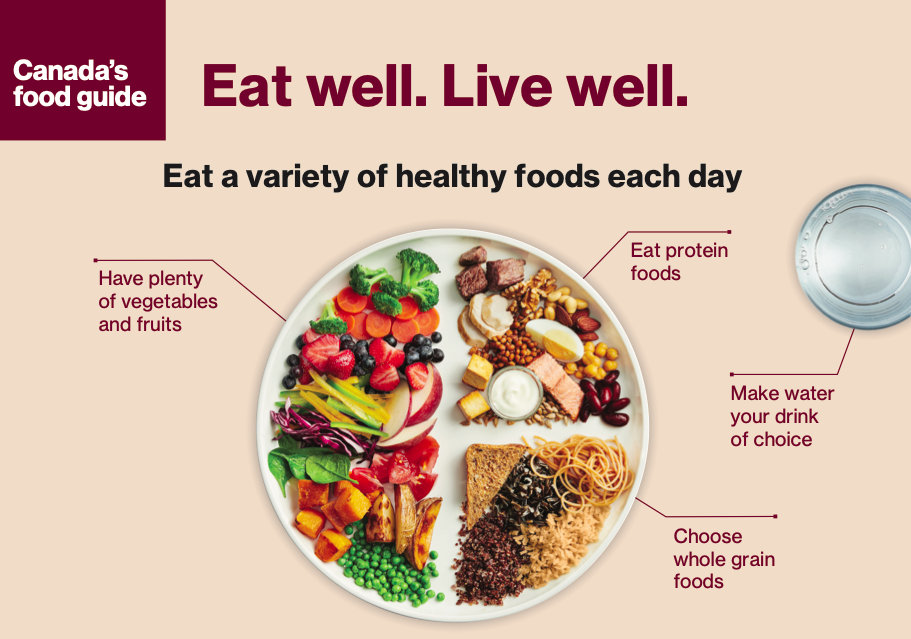
And compare to USDA Dietary Guidelines MyPlate.
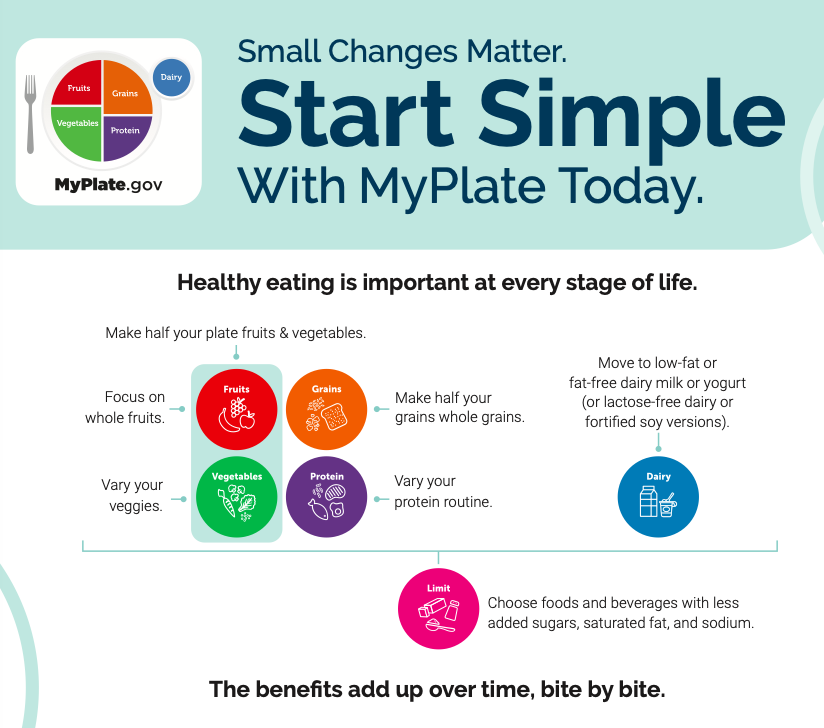
Both eating guidelines recommend including plant-based protein more often into our daily diet.
Small changes matter. Start simple!
- ??Eat plenty of vegetable and fruits. Make half of your plate fruits and vegetables. That goes in line with managing hypertension . For optimal health, have them in rainbow colors to assure you get a wide spectrum of nutrients.
- Veggies: Vary your veggies. They can be fresh, frozen and canned.
- Fruits: Focus on whole fruits!
- Tips: How to eat more vegetables.
- ?Choose whole grains foods. Note that “whole wheat” “multi-grain” foods may not be whole grain and some foods may look like whole grain because of their color. So it’s important to read the ingredient list and use the nutrition facts table to compare the amount between products. Choose ones with more fiber.
- Make half your grains whole grains. Oats, red rice, black rice, wild rice, brown rice, whole wheat, wheat berries like farro and spelt, quinoa, millet, cornmeal.
- Tips: How to include whole grain.
- ?Eat protein foods. Vary your protein routine. Include foods such as:
- Plant-based: Beans, lentils, tofu, nuts, seeds, nut butter. Choose protein foods that come from plants more often. (More below.)
- Lean cuts of meats and poultry (pork loin, sirloin steak, chicken breast, lean ground poultry),
- Fish and seafood: Eat two portions of fish or seafood per week, one of which should be oily fish such as herrings, mackerel, sardines, salmon). Shellfish such as shrimp, scallops.
- Eggs.
- Dairy: Milk, plain natural yogurt, fortified soy milk.
- Choose healthy fats instead.
- Vegetable oils such as olive, canola (rapeseed), peanut, sunflower and safflower oils.
- Avocados and nuts.
- Make water your drink choice. You can add fruits and herbs to flavour.
- Limit: Foods and beverages with added sugar, saturated fat and sodium. (More on saturated fat below)
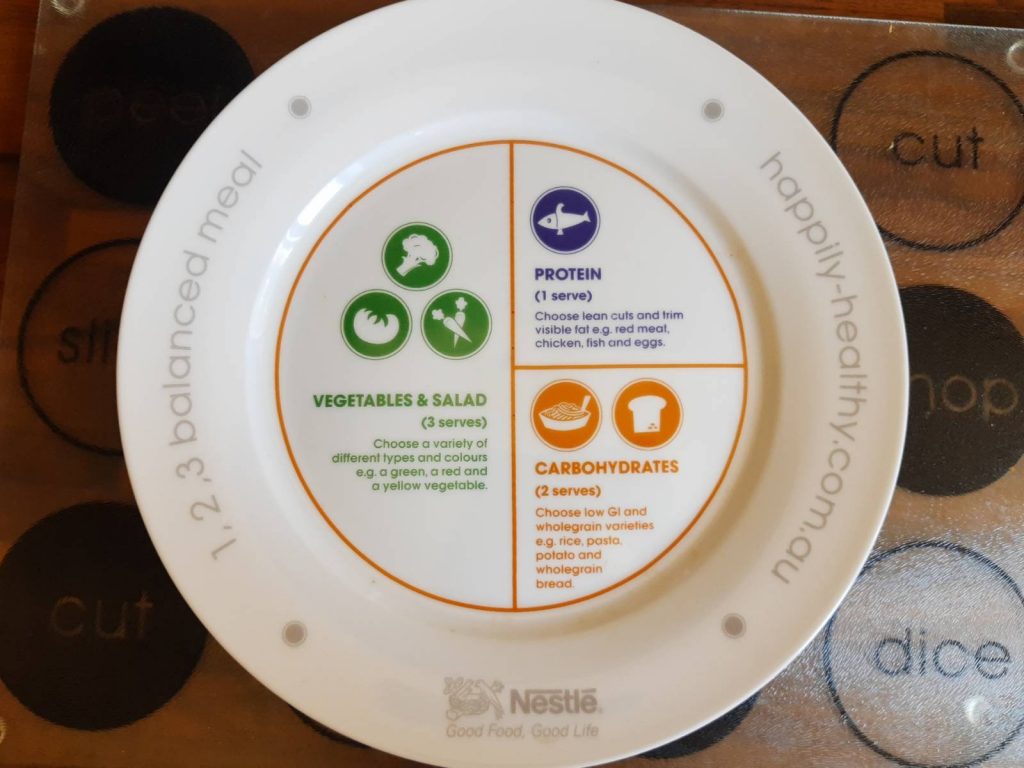
Healthy eating is a habit. Develop a healthy eating pattern to maintain your health. The benefits add up over time, bite by bite. It is important at every stage of life.
Where am I leading you to?
As you start shaping your plate as above, you will be increasing nutrient-dense food which provides vitamins, minerals and other health-promoting components and have no or little added sugars, saturated fat and sodium in your diet. You will then be decreasing intake of meat high in saturated fat (high fat cuts of meat), processed meats (hot dogs, sausages, luncheon meats) and processed snacks with hidden fats (chips, biscuits, crackers, muffins, pastries) – ones that raising your bad cholesterol (LDL).
So, in order to decrease LDL, try shifting intakes towards more plant-based foods and replacing foods containing saturated fat with unsaturated fat. The intention is not to reduce total fat in the diet.
Tips on starting plant-based diet
- Try planning a couple of meatless meals each week. Heard of Meatless Monday? Green Monday? That’s a good way to start.
- Substitute animal protein with vegetable protein.
- Vegetable proteins:
- beans: Black beans, kidney beans, azuki (red beans), monk beans;
- peas: Chickpeas, split peas;
- lentils: Brown, green or red lentils.
- Nuts (30 gram per day): Peanuts, almonds, walnuts, pistachios, cashews.
- Nut butters.
- Seeds: flaxseed (linseed), sunflower seeds, sesame
- Soy: tofu, soybeans, edamame, natty, miso
- Fortified soy beverages
- Vegetable proteins:
- For example, spaghetti bolognese, try giving it a twist by adding lentils. Recipe: Beef and lentil bolognese. Then step up to 100% plant based recipe: Lentil Ragu ? How about bean-based chili using tofu and veggies?
- Search and compare recipes online, choose the one that uses more healthy and natural ingredients, yet don’t compromise the taste.
- How about veggies burger? Though I’m not a vegan or vegetarian, very often, I’ll order veggies burger and chickpeas currie. They are so delicious and I really enjoyed them ?
- More tips: How to eat more protein foods that come from plants.
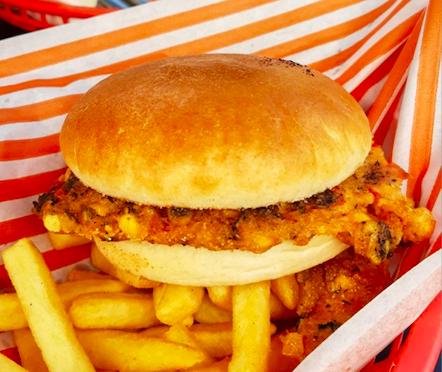
Make a small changes to each meal can lead to a whole day of nutrient dense meals and an overall healthy dietary pattern.
Portfolio Diet to lower cholesterol
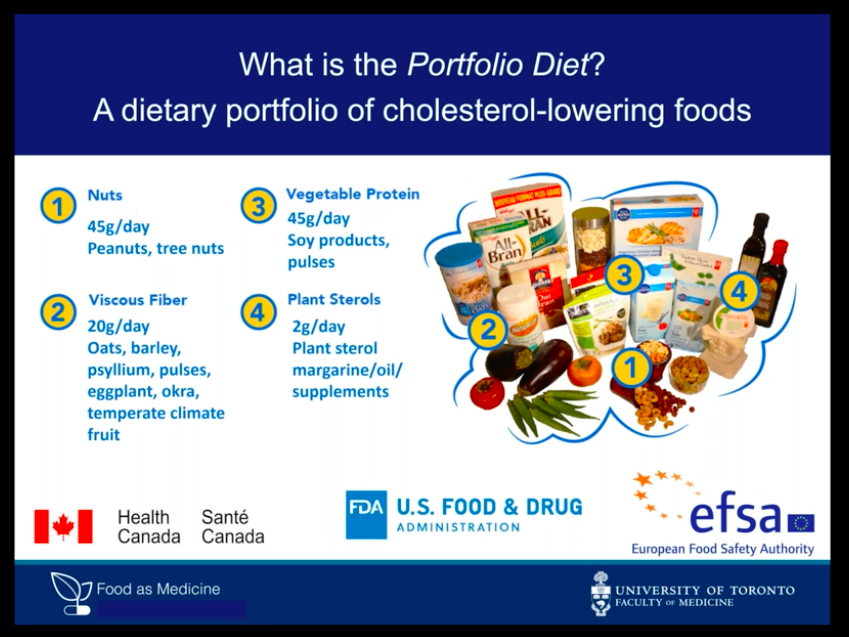
Per Dr Jenkins, the founder of Portfolio Diet :
- Per Dr Jenkins, creator of the Portfolio Diet:
- Tree nuts help reduce cholesterol.
- Viscous fibers reduce the absorption of cholesterol into your bloodstream.
- Soy protein decreases cholesterol synthesis and increase LDL receptor uptake.
- Phytosterols (plant sterols) decrease cholesterol absorption; ie. help block the absorption of cholesterol. (Ask me which margarine contains plant sterol).
So what about butter and margarine?
As you start following the plant-based diet, you will naturally cut down on foods from animal origin which are naturally higher in fat and saturated fat. But occasionally if you want to use butter in baking/cooking to improve the recipe, go ahead. Or there’s plant based butter as an option. The margarine that we used to worry about has been reformulated, partially hydrogenated oil has been banned, so there’s no more trans fat issue in margarine. For optimal health benefits, when you shop for the spread, look for the ones with natural ingredients, and the less ingredients the better.
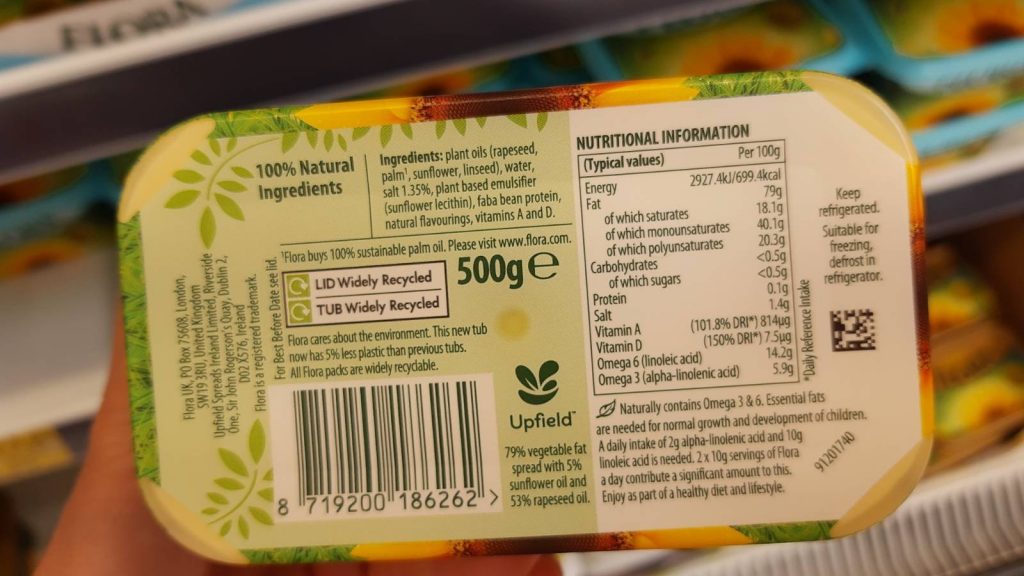
Can I still have seafood and shellfish?
Why not? Enjoy fish and seafood twice a week, one of which should be oily fish. Trout, salmon, mackerel, shrimp, scallops are heart-friendly seafoods.
Cooking Methods Matters!
- trimming the visible fat from meats; removing skin from poultry before cooking;
- using small amounts of oils with healthy fats such as olive and canola
- baking, grilling, roasting, poaching
- draining off extra fat after cooking; limiting the amount of sauces, butter or gravy
- seasoning with herbs, lemon or salsas
We have covered a lot of information so far, try to pick a few tips and give it a try. I'm sure you will feel the difference in no time. Do reach out to my cousin Dr Wu or me if you have any questions. Next blog: High sugar . Stay tuned.
Fat 101
- One gram of fat = 9 calories regardless of what type of fat.
- One gram of carb = 4 calories
- One gram of protein = 4 calories
- Fats are very caloric-dense so watch out if you need to control your weight.
- Total fat includes saturated, polyunsaturated, monounsaturated, and trans fat.
Saturated fats – solid at room temperature like a stick of butter.
| Saturated fats | Raise your cholesterol. Animal foods, such as milk, cheese, and meat. Tropical oils, such as coconut oil, palm oil, and cocoa butter. Foods made with butter, margarine, or shortening (cakes, cookies, and other desserts) have a lot of saturated fat. |
| Trans fat | Raise your cholesterol. Partially hydrogenated oils (PHOs) – banned in most of the countries. Some animal-based foods have small amounts of naturally occurring trans fats. |
Unsaturated Fats – Liquid at room temperature like vegetable oils.
| Monounsaturated fats | Lower LDL and keep HDL high. Avocado, nuts, and vegetable oils, such as canola (rapeseed), olive, and peanut oils. |
Polyunsaturated fats | Eating polyunsaturated fat in place of saturated fat lower LDL. There are two types of polyunsaturated fats. |
| Omega-3 fatty acids | Vegetable oils: soybean oil, canola oil (rapeseed oil). Fatty fish and shellfish: Salmon, anchovies, herring, sardines, Pacific oysters, trout, Atlantic mackerel, and Pacific mackerel are high in EPA (eicosapentaenoic acid) and DHA (docosahexaenoic acid) and lower in mercury. Nuts and seeds: flaxseed (linseed), chia seeds, and walnuts. Fortified foods: certain brands of eggs, yogurt, juices, milk, soy beverages, and spreads. |
| Omega-6 fatty acids | Mostly in liquid vegetable oils like soybean oil, corn oil, and safflower oil. |
Both “good” cholesterol (HDL) and “bad” cholesterol (LDL) are found in your blood.
HDL- high density lipoprotein, the “good” cholesterol that picks up the excess cholesterol from the arteries to the liver for disposal, thus lower our risk of heart disease.
LDL – low density lipoprotein, the “bad” cholesterol, can lead to plaque buildup in blood vessels. Plaque clogs blood vessels, reducing oxygen blood flow causing atherosclerosis.
Too much LDL or too little HDL increases the risk for cardiovascular diseases (CVD) such as heart attack or stroke. You want the bad LDL to be low and the good HDL to be high to reduce your risk for CVD!
Both trans fat and saturated fat can raise the levels of LDL in the blood, and can also lower the levels of HDL.
Replacing foods higher in saturated and trans fat with foods higher in unsaturated fat will help lower LDL.
Healthy eating pattern will provide positive health effect and can improve your cardiovascular health.
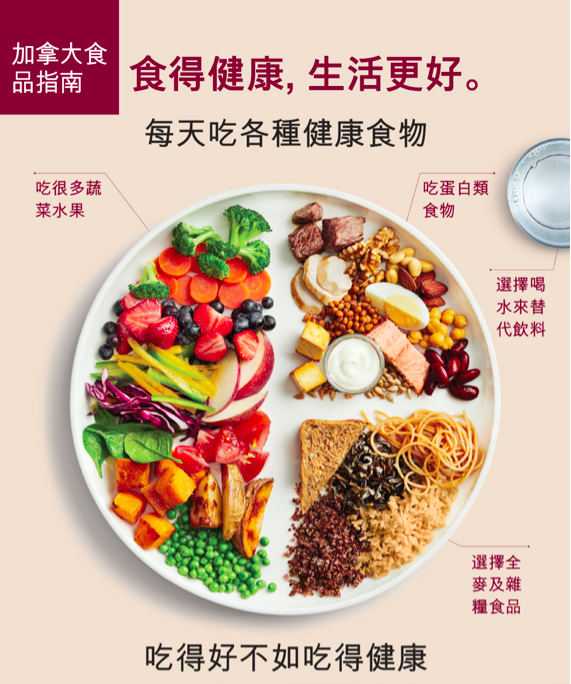
If these still sound complicated to you, the easiest way is not to think about what you “should and should not have”. Instead, try making small changes to your diet, start simple with Your Plate today. I encourage my clients not to go “on diet” as once “on”, it’s going to be “off” at some point – we don’t want that to happen! A healthy eating routine helps boost your health now and in the years to come! It’s a life-long investment.


Asking questions are actually nice thing if you are not understanding anything fully, but this post provides pleasant understanding yet.
Great goods from you, man. I have understand your stuff previous to and you’re just extremely excellent. I actually like what you have acquired here, certainly like what you are stating and the way in which you say it. You make it enjoyable and you still care for to keep it smart. I can’t wait to read far more from you. This is actually a wonderful site.
I enjoy reading through a post that will make men and women think. Also, thanks for permitting me to comment!
Very good post! We are linking to this particularly great post on our site. Keep up the good writing.